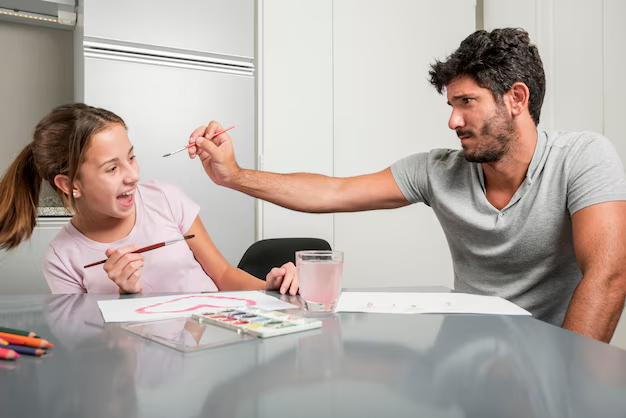Disciplining children is an essential aspect of parenting, but the methods used can significantly impact a child’s development. Positive Discipline is an approach that focuses on teaching children how to make better choices rather than punishing them for mistakes. It emphasizes respect, encouragement, and understanding to guide children through their learning processes. In this article, we will explore Positive Discipline and how it can be a more effective alternative to traditional punishment.
What is Positive Discipline?
Positive Discipline is an approach based on mutual respect, understanding, and the development of life skills. Developed by Dr. Jane Nelsen, this method aims to teach children self-discipline, problem-solving skills, and accountability without the use of harsh punishments or rewards. It combines discipline with kindness and firmness, creating an environment where children feel understood and respected, which motivates them to change their behavior.
Key Principles of Positive Discipline
- Respect and Empathy: Children should be treated with dignity, and their feelings should be acknowledged. Understanding their perspective fosters a connection that can lead to more cooperative behavior.
- Consistency: Establishing clear, consistent expectations and routines helps children understand what is expected of them, reducing confusion and promoting self-control.
- Encouragement, Not Praise: Encouraging efforts rather than offering praise for outcomes builds self-esteem and resilience. Encouragement focuses on the child’s effort and growth.
- Teaching Problem-Solving: Instead of merely directing children’s actions, Positive Discipline encourages them to think about how they can resolve conflicts or find solutions on their own.
- Logical Consequences: Instead of punishment, children face logical consequences that are directly related to their actions, allowing them to understand the impact of their behavior.
How to Implement Positive Discipline
- Set Clear Expectations: Clearly explain the rules and expectations in a way that children can understand. Ensure consistency in applying these rules across different situations.
- Use Kindness and Firmness: Discipline should always come with empathy, but also with clear boundaries. For example, if a child refuses to do their homework, instead of punishing them, gently guide them to understand the importance of completing it.
- Focus on the Solution, Not the Problem: When problems arise, work together to identify solutions. This helps children develop problem-solving skills and feel more in control of their behavior.
- Model Positive Behavior: Children learn a lot from observing adults. Model respectful communication, problem-solving, and emotional regulation to teach children by example.
FAQs on Positive Discipline
- What is the difference between punishment and Positive Discipline? Punishment focuses on reprimanding bad behavior, while Positive Discipline emphasizes teaching and guiding children to make better choices.
- Can Positive Discipline work for teenagers? Yes, Positive Discipline is effective at any age. With teenagers, it focuses on mutual respect, open communication, and shared responsibility.
- How do I handle a child who consistently misbehaves? Stay calm and consistent, focusing on understanding their underlying needs. Use logical consequences, not punishment, to help them learn from their actions.
- Does Positive Discipline take more time than traditional punishment? While Positive Discipline may require more time initially to teach and guide, it results in long-term benefits by building better communication and self-control.
- Is Positive Discipline suitable for children with behavioral issues? Yes, Positive Discipline can be particularly effective for children with behavioral issues, as it fosters understanding, problem-solving, and emotional regulation.
- Can Positive Discipline work in school settings? Absolutely! Teachers can use Positive Discipline techniques to create a nurturing, respectful classroom environment where students learn self-regulation and responsibility.
- Does Positive Discipline eliminate all misbehavior? No, children are still likely to make mistakes. However, Positive Discipline offers constructive ways to address those mistakes and helps children learn from them.
Conclusion
Positive Discipline offers a compassionate, effective way to guide children without relying on punishment. It builds a strong foundation of mutual respect, emotional intelligence, and problem-solving skills, which fosters long-term success in both personal and social development. By choosing to guide, rather than punish, we equip children with the skills they need to thrive.

